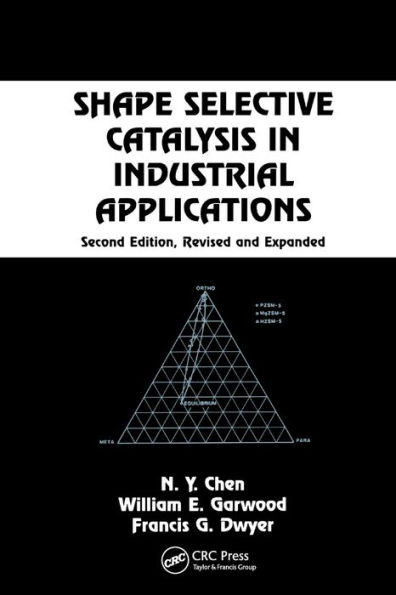5
1
9780367401290



Shape Selective Catalysis in Industrial Applications, Second Edition, / Edition 2 available in Paperback, eBook

Shape Selective Catalysis in Industrial Applications, Second Edition, / Edition 2
- ISBN-10:
- 0367401290
- ISBN-13:
- 9780367401290
- Pub. Date:
- 09/05/2019
- Publisher:
- Taylor & Francis
- ISBN-10:
- 0367401290
- ISBN-13:
- 9780367401290
- Pub. Date:
- 09/05/2019
- Publisher:
- Taylor & Francis

Shape Selective Catalysis in Industrial Applications, Second Edition, / Edition 2
$54.95
54.95
In Stock

Product Details
| ISBN-13: | 9780367401290 |
|---|---|
| Publisher: | Taylor & Francis |
| Publication date: | 09/05/2019 |
| Series: | Chemical Industries , #65 |
| Edition description: | 2nd ed. |
| Pages: | 304 |
| Product dimensions: | 6.00(w) x 9.00(h) x (d) |
About the Author
From the B&N Reads Blog
